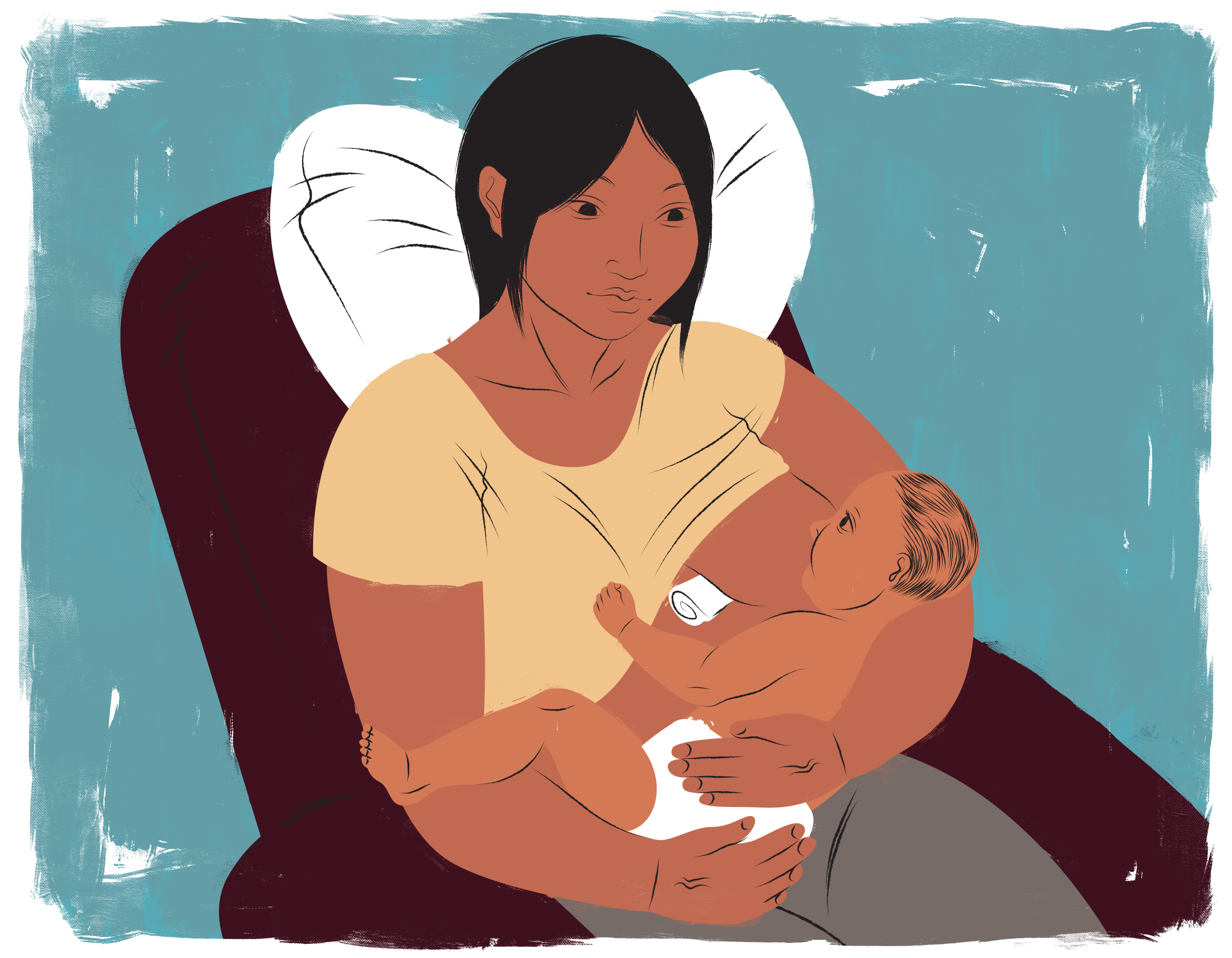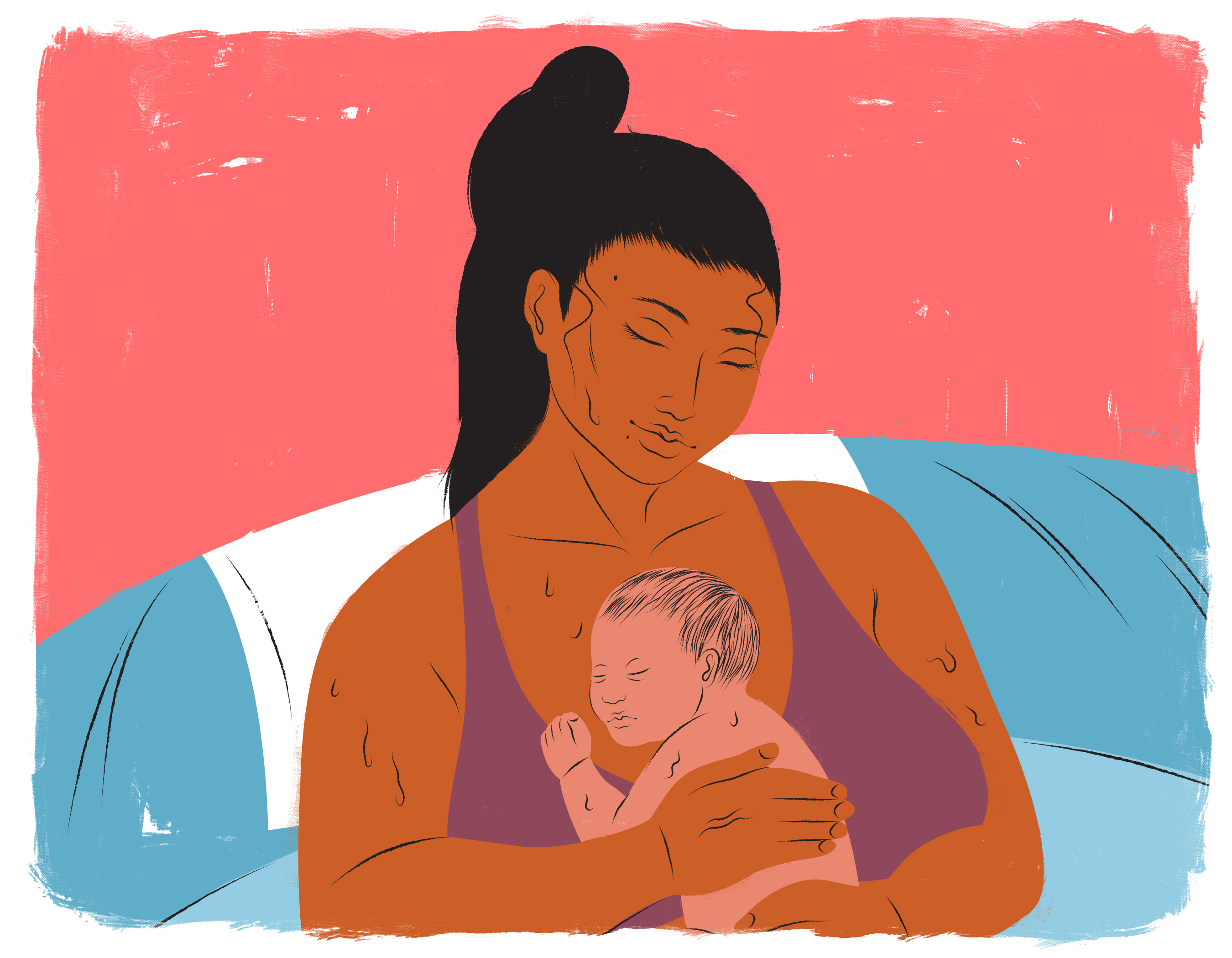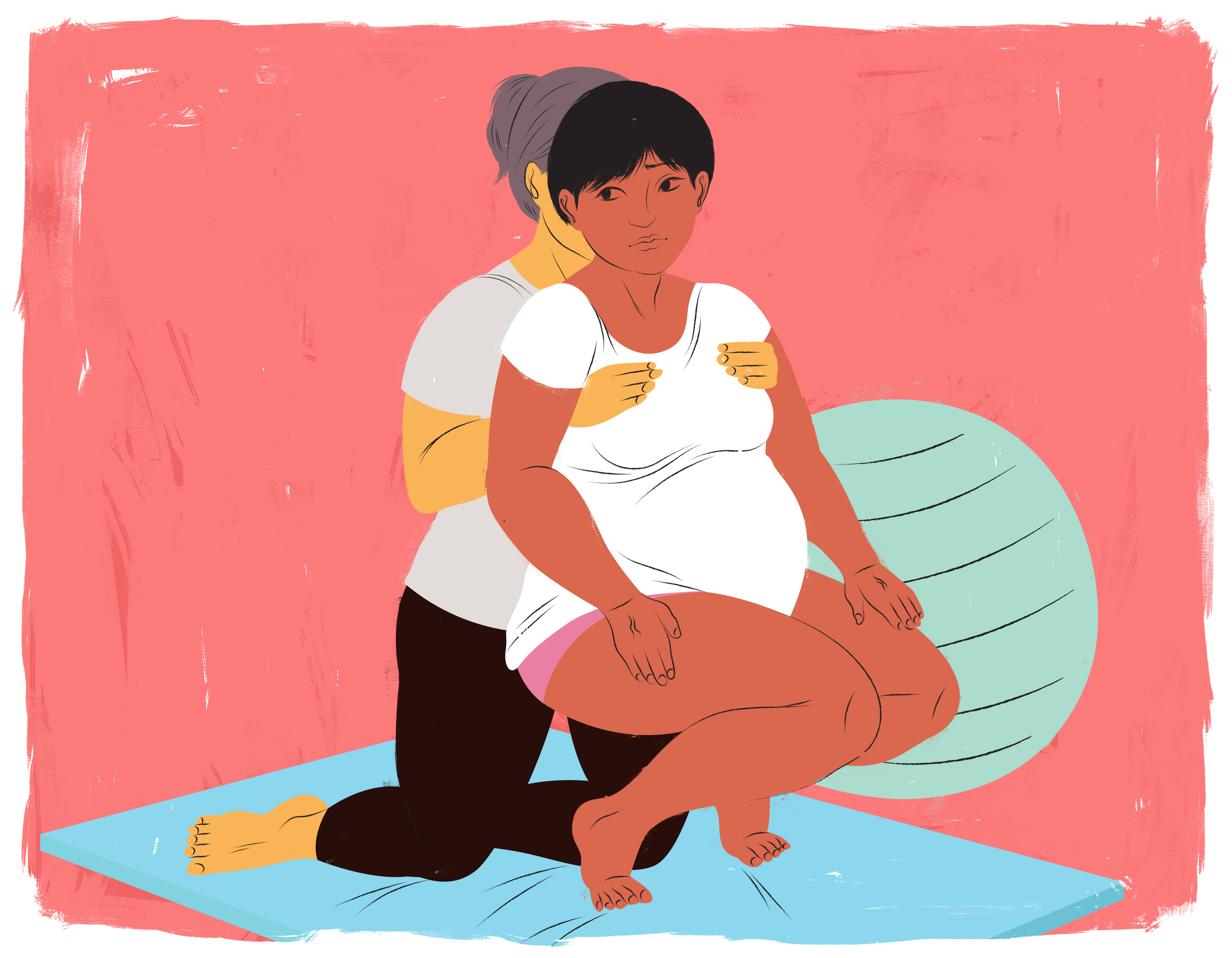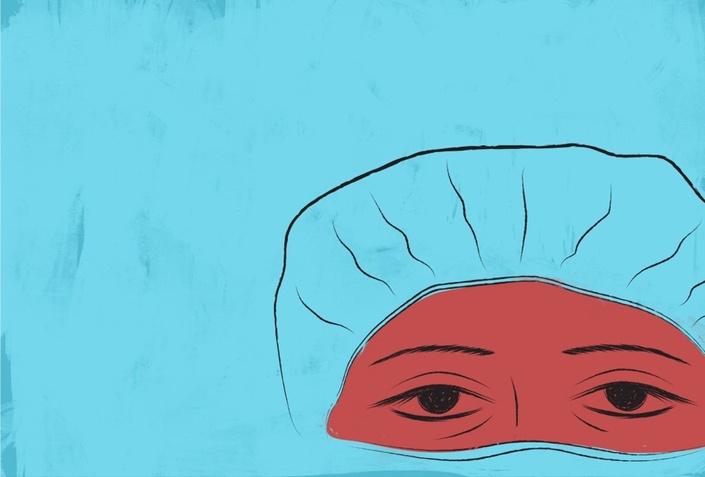Take Your Clinical Practice to the
Next Level
Many professionals who work with breastfeeding mothers have not had access to accurate information about the complex physiology of breastfeeding and oxytocin. This information can be challenging to obtain and difficult to understand.
The Oxytocin Dialogues: Breastfeeding is the first installation in a series of courses on oxytocin from Praeclarus Press. This course presents information via discussions between oxytocin expert Dr. Kerstin Uvnas-Moberg and Praeclarus Press founder Dr. Kathleen Kendall-Tackett. The conversation format makes this information accessible to everyone.
All clinicians working with new mothers can benefit by knowing more about how this amazing hormone works. This information can help you work with, rather than against, a mother's natural physiology.
Approved for 2 L-CERPs
IBLCE Verification Number: C2022217

Oxytocin is Both a Hormone and a Neurotransmitter
How it functions depends on where it is: brain or body.

Some Ways of Measuring Oxytocin Can Skew Results
How you measure oxytocin influences your results. Some measures lead to false conclusions.

Oxytocin contracts muscles and opens sphincters
Contracting muscles and opening sphincters helps with both birth and milk-ejection.

Fear, Pain, and Interventions Can Suppress Oxytocin During Birth
If mothers are frightened or experiencing overhwhelming pain, labor can stop because oxytocin is suppressed. Interventions, such as epidurals, can also suppress oxytocin.

A Stressful Labor Can Delay Lactogenesis II
When mothers experience a stressful labor or a lot of birth interventions, LG II can be delayed by several days.

Oxytocin May Underlie D-MER
Although not much is know about Dysphoric Milk-Ejection Reflex (D-MER), symptoms are likely related to oxytocin misfunctioning.
What to Expect
Course Outline
I. Oxytocin overview
- Oxytocin is a hormone and a neurotransmitter
- Whether oxytocin functions as a hormone or neurotransmitter depends on where in the body it is
- It contracts the uterus during labor and the milk ducts during milk ejections
II. Measuring oxytocin
- The two most common measures of oxytocin are RIA and ELISA
- The measure’s influence on findings and the interpretation of findings
III. Oxytocin and breastfeeding
- The two mechanical functions of oxytocin during breastfeeding
- The role of pressure in regulating milk production
- Oxytocin’s action as a neurotransmitter and its effects on maternal behavior
- The milk ducts’ similarity to the stomach, cervix, and other systems
IV. Pain, birth interventions, and the delay in lactogenesis II
- Stress vs oxytocin
- The effects of synthetic oxytocin on labor pain
- Labor stress and the delay lactogenesis II
- The impact of providers’ attitudes and comments on the stress and oxytocin systems
- Overview of the oxytocin system and pain
V. How oxytocin shapes the mother-baby connection
- Oxytocin decreases
- Perception of pain
- Stress
- Calming effects for mothers and babies
- Oxytocin effects from suckling
VI. Exclusive pumping and oxytocin
- Oxytocin releases and exclusive pumping
- Pumping and bonding
- Limitations of pumping
VII. Oxytocin and birth interventions
- Birth interventions and their effects on oxytocin
- Mother-infant separation
- Cesarean section
- Analgesia/epidural
VIII. Oxytocin and safety
- Mothers’ sense of safety in relation to oxytocin
- Oxytocin’s role in mothers’ hypersensitivity to social cues
- Implications for practitioners
IX. Overcoming difficult beginnings
- The role of classical conditioning in creating problems
- And its use in overcoming them
- Infant massage
- Helping mothers and babies reconnect to each other
X. D-MER: Dysphoric milk-ejection reflex
- Definition of D-MER
- The relationship between D-MER, oxytocin, and prolactin
- How D-MER symptoms may be caused by a possible miswiring of the oxytocin system that triggers the fight-or-flight response
XI. Possible D-MER interventions
- Possible interventions include
- Skin-to-skin contact
- Controlling insulin
- Mindfulness
- Warmth

